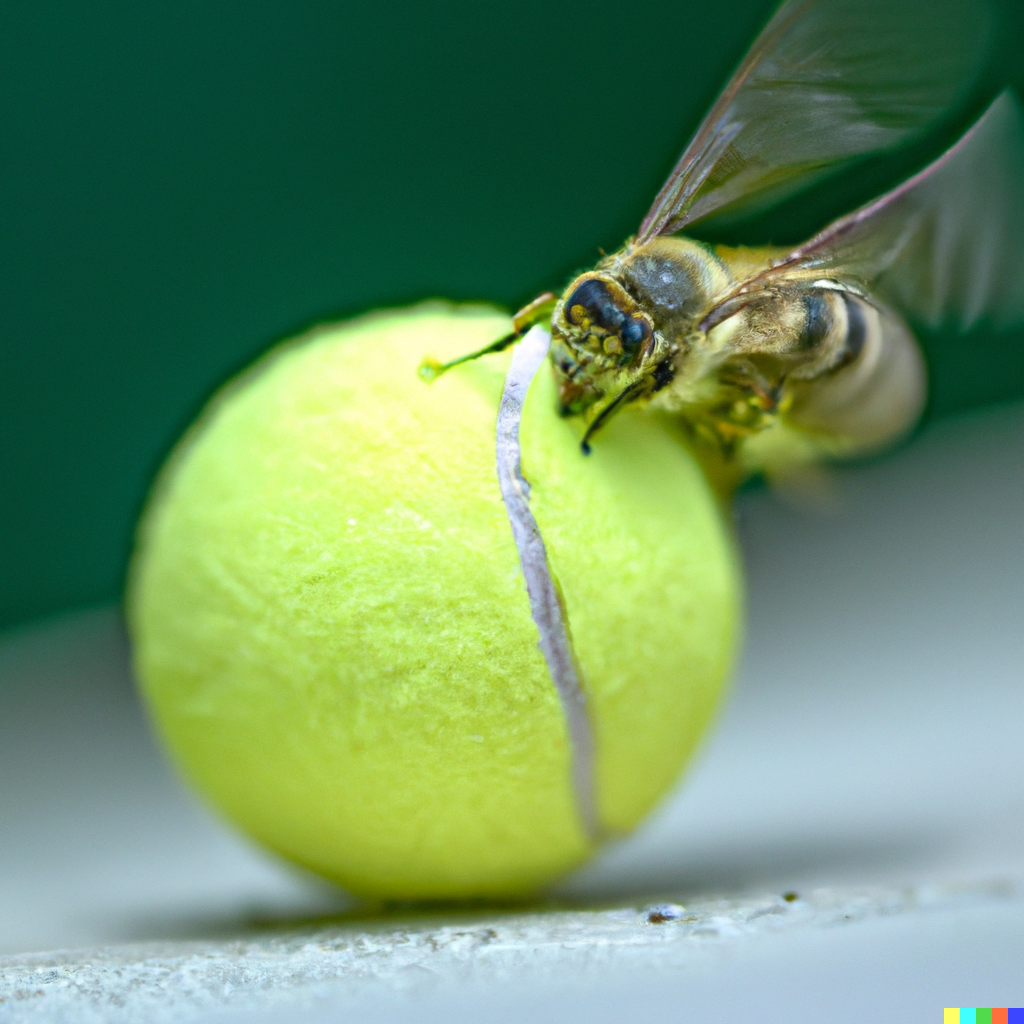How bees are contributing to the rising cost of tennis balls

Bees might seem like an unlikely culprit for causing the price of tennis balls to skyrocket, but in reality, these buzzing insects play a crucial role in the production of the rubber used to make tennis balls. Here are three surprising ways bees are impacting the price of tennis balls.
- Pollination of rubber trees: Tennis balls are made from rubber, which is produced by rubber trees. These trees rely on bees for pollination in order to produce the latex that is used to make rubber. Without bees, rubber tree populations would decline, and the supply of rubber would decrease, driving up the cost of tennis balls.
- Pesticide use: Pesticides can be harmful to bees and other pollinators, and the use of these chemicals can reduce the number of bees available for pollination. This can lead to a decrease in rubber production and an increase in the price of tennis balls.
- Climate change: Climate change can also impact bee populations, as changes in temperature and precipitation can affect the availability of flowers for bees to forage on. This can lead to a decline in bee populations and a decrease in rubber production, which can result in higher tennis ball prices.
In conclusion, while it may seem strange that bees could have such a big impact on the price of tennis balls, their role in pollinating rubber trees and their sensitivity to pesticide use and climate change make them a crucial factor in determining the cost of these popular sports equipment. Therefore, it is important to consider the role of bees in our everyday items and also to take actions to protect them.